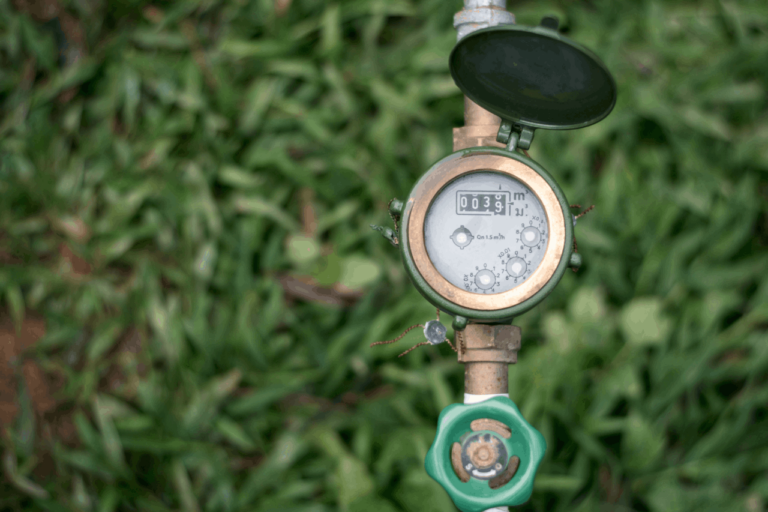What is Overall Equipment Efficiency(OEE) and how to calculate it?
There is the famous quote in management which is – You can’t improve what you can’t measure – that holds true for any process or task in this world.
So, if your goal is to improve your production process, then OEE is one of the metrics that you have to measure to achieve your bottom line.
The OEE is an effective metric used for identifying losses and benchmarking the progress in the manufacturing process. Determining this metric will help in improving the productivity of the operation and eliminating waste from the manufacturing process.
So, what is OEE and how to calculate this metric for the production planning and improvement, we are going to see in this article.
What is Overall Equipment Efficiency(OEE)?
The original or overall equipment effectiveness(OEE) is a parameter devised to tell us about the effectiveness of a manufacturing process. It’s denoted in terms of percentage, which essentially aims to tell us the percentage of manufacturing time that is truly productive.
Calculation of OEE
Now, let’s see how the OEE of a piece of machinery is calculated.
The OEE of a manufacturing unit is calculated as the product of three separate components – Availability, Performance, and Quality
OEE = Availability x Performance x Quality
An OEE of 100% means that only good parts are produced from the unit – 100% quality; at the maximum speed – 100% performance; and without interruption – 100% availability.
Availability
Availability simply means uptime of a machine. It’s calculated in terms of percentage and denotes the amount or percentage of the scheduled time that is available to operate.
For example:
A given Work Center is scheduled to run for an 8-hour (480-minute) shift. It has a 30-minute scheduled break and during the break, the production stops. And let’s also assume that the unscheduled downtime is 60 minutes.
So, the scheduled time = 480 minutes – 30 minutes = 450 minutes.
And Operating Time = 480 Minutes – 30 Minutes Schedule Loss – 60 Minutes Unscheduled Downtime = 390 Minutes
Availability = operating time / scheduled time
Availability = 390 minutes / 450 minutes = 86.6%
Performance
Performance denotes the speed at which the Work Center runs as a percentage of its designed speed.
For example:
A given Work Center is scheduled to run for an 8-hour (480-minute) shift with a 30-minute scheduled break, and the downtime is 60-minutes.
Operating Time = 450 Min Scheduled – 60 Min Unscheduled Downtime = 390 Minutes
The Standard Rate for the part being produced is 40 Units/Hour or 1.5 Minutes/Unit
The Work Center produces 242 Total Units during the shift.
Time to Produce Parts = 242 Units * 1.5 Minutes/Unit = 363 Minutes
Note: The basis is Total Units, not Good Units. The Performance metric does not penalize for Quality
Performance (Productivity) = 363 Minutes / 390 Minutes = 93.1%
Quality
Quality indicates the percentage of Good Units produced out of the Total Units Started. It is commonly referred to as the first pass yield (FPY).
For example:
242 Units are produced. 21 are defective.
(242 units produced – 21 defective units) = 221 units
Quality = (Units produced – defective units) / (Units produced)
221 good units / 242 total units produced = 91.32%
What is Total effective equipment performance(TEEP)?
Total effective equipment performance (TEEP) is a closely related measure that quantifies OEE against calendar hours rather than only against scheduled operating hours. A TEEP of 100% means that the operations have run with an OEE of 100% 24 hours a day and 365 days a year (100% loading).
Whereas OEE measures effectiveness based on scheduled hours, TEEP measures effectiveness against calendar hours, i.e.: 24 hours per day, 365 days per year.
To calculate the TEEP, the OEE is multiplied by a fourth component – Loading
Loading
Loading is meant to indicate the percentage of total calendar time that is actually scheduled for operation.
TEEP, therefore, reports the ‘bottom line’ utilization of assets.
TEEP = Loading x OEE
Industry Standards
So, if we talk about industry standards or a benchmark, then what is considered a “good” OEE score? And what is a world-class OEE score?
- 100% OEE is perfect production: manufacturing only good parts, as fast as possible, with no stop time.
- 85% OEE is considered world-class for discrete manufacturers. For many companies, it is a suitable long-term goal.
- 60% OEE is fairly typical for discrete manufacturers but indicates there is substantial room for improvement.
- 40% OEE is not at all uncommon for manufacturing companies that are just starting to track and improve their manufacturing performance. It is a low score and in most cases can be easily improved through straightforward measures (e.g., by tracking stop time reasons and addressing the largest sources of downtime – one at a time).






